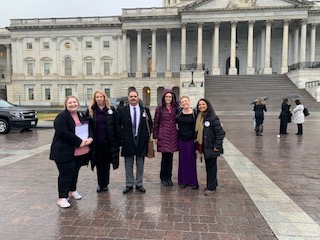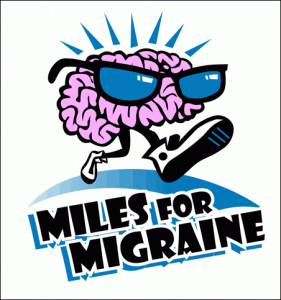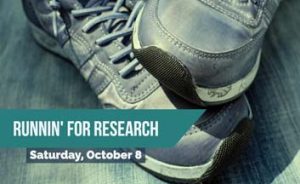On Tuesday, I attended my first Headache on the Hill advocacy event in Washington, DC. It was an inspiring, educational experience where I learned a bit more about how our country works. I was one of 174 advocates who sought to get co-sponsors for a bill that would increase the number of residencies for people who treat addiction and pain disorder. We also asked for an amendment to the existing bill to increase fellowship funding so more people can train as headache specialists. We represented 45 different states and visited 255 offices of Congress members.

What is Headache on the Hill?
Headache on the Hill is an annual event where people who are affected by headache disorders visit the offices of their state senators and representatives with a specific “ask” to improve the lives of people with headache disorders. The ask is different each year and it’s tailored to specific activities in Congress or needs in the headache community.
The first Headache on the Hill, in 2007, was entirely healthcare providers. This year, about 70% of the participants were people who live with headache disorders or our loved ones who wanted to advocate for us. All six of us on TeamArizona have migraine and two are also healthcare providers, which was a great mix.
What We Asked For
The Opioid Workforce Act is a bill currently in both the House in the Senate that seeks to increase funding for more training programs in addiction medicine, addiction psychiatry, and pain medicine. We asked for co-sponsors for the bill and also asked for an amendment to the bill to include fellowships. The bill is currently written only for residencies, but pain medicine (and headache medicine) are fellowships, not residencies. We also asked that they specifically include headache medicine residencies in the bill, since they have different training programs than pain specialists do.
How You Can Help
Even if you didn’t attend Headache on the Hill, you can help by reaching out to your senators and representatives about the Opioid Workforce Act (which is H.R.3414 in the House and S.2892 in the Senate). First, check to see if they have already co-sponsored the bill (check here for representatives co-sponsoring H.R.3414 and here for senators co-sponsoring S.2892). If they have co-sponsored, please thank them for doing so and tell them how important it is to you. If not, please ask them to co-sponsor the bill. You can also ask them to amend the error in the language to include pain medicine and headache medicine fellowships (rather than residencies), but you can skip that part if it feels too hard to explain (I got training on it and it was still hard to explain!).
You can find your representatives and senators here. Calling is probably the easiest approach, but research shows that a personalized postal letter or personalized email are more effective than a phone call. Given that “personalized” is a key component of the effectiveness of the letter or email, I don’t have prewritten wording for you. My recommendation is to start with the “ask” and then tell them why it’s important to you. Be sure to include your address in the letter so they know you’re a constituent.
If you call, know that you’ll likely reach voicemail, so if you have anxiety about talking to a stranger on the phone, know that you probably won’t! Be sure to leave your zip code so they know you’re a constituent. I always add my full address at the very end of the voicemail, just in case.
Join Me Next Year!
Join me in 2021 to advocate for headache disorders in your state! Follow the Alliance for Headache Disorders advocacy on Facebook or Twitter to learn when the applications for next year open, which is usually in November. There is an application form to fill out and not everyone is accepted—it’s based on which states and areas within each state need representation—but please don’t be intimidated by the application form. You don’t need to have a social media presence or a history of advocacy to be able to participate, but it’s good information for them to have, so they ask for it.
A caveat: Headache on the Hill is the largest patient advocacy group without a corporate sponsor that does lobbying events like this. That means both that there’s no corporate intervention in the message (which is great!) and that it’s done on a shoestring (which can be a challenge for some patients who want to participate). Participants’ hotel rooms are covered for at least one night and usually a couple meals are covered, too. You’ll need to cover transportation to and from Washington, D.C., some of your meals (I brought a lot of nonperishable food and found a grocery store nearby), and for extra nights at the hotel. It’s a commitment, but it’s an incredible experience if you can do it. I honestly can’t count how many people have told me that attend Headache on the Hill was life-changing for them.

 Hart: “Is this what people normally do on weekends?”
Hart: “Is this what people normally do on weekends?” October 8 is the date to participate in
October 8 is the date to participate in  Can you help me with something? I’m trying to figure how to best sum up what I write about. Everything I come up with sounds flat and academic. I have a couple questions:
Can you help me with something? I’m trying to figure how to best sum up what I write about. Everything I come up with sounds flat and academic. I have a couple questions: